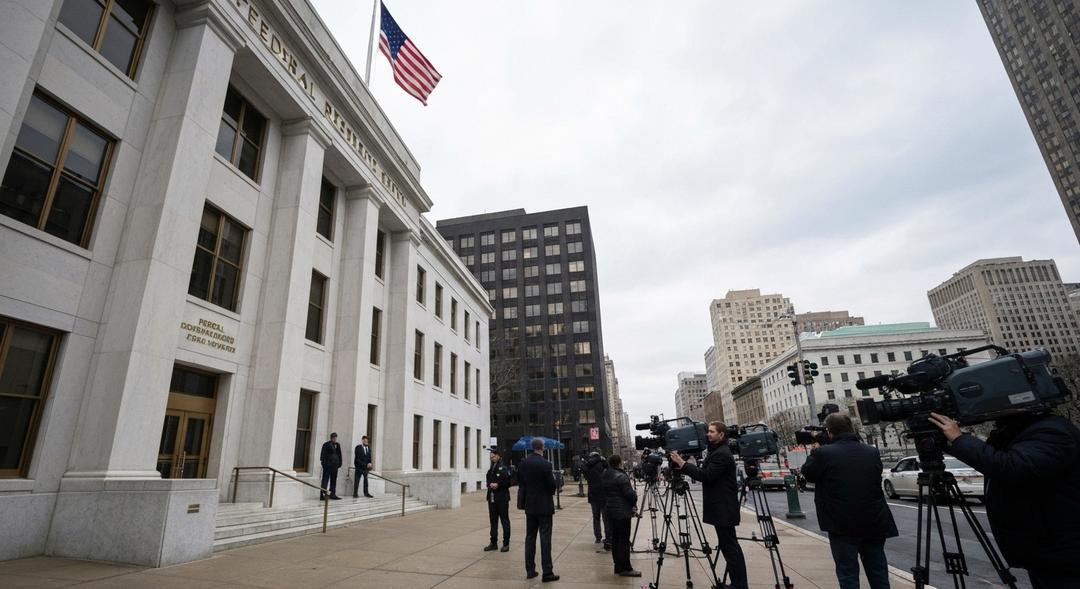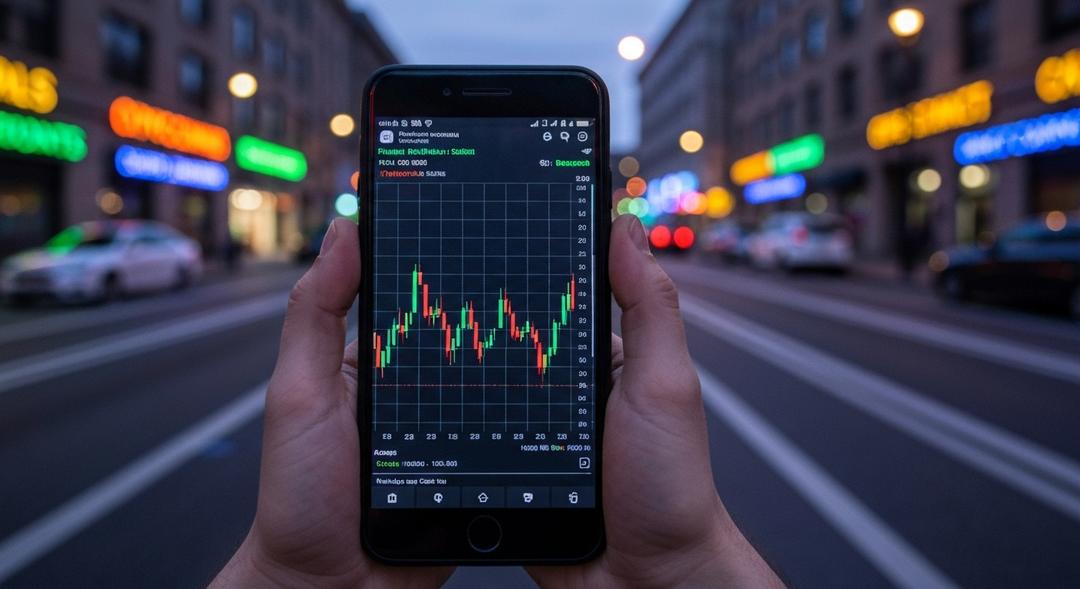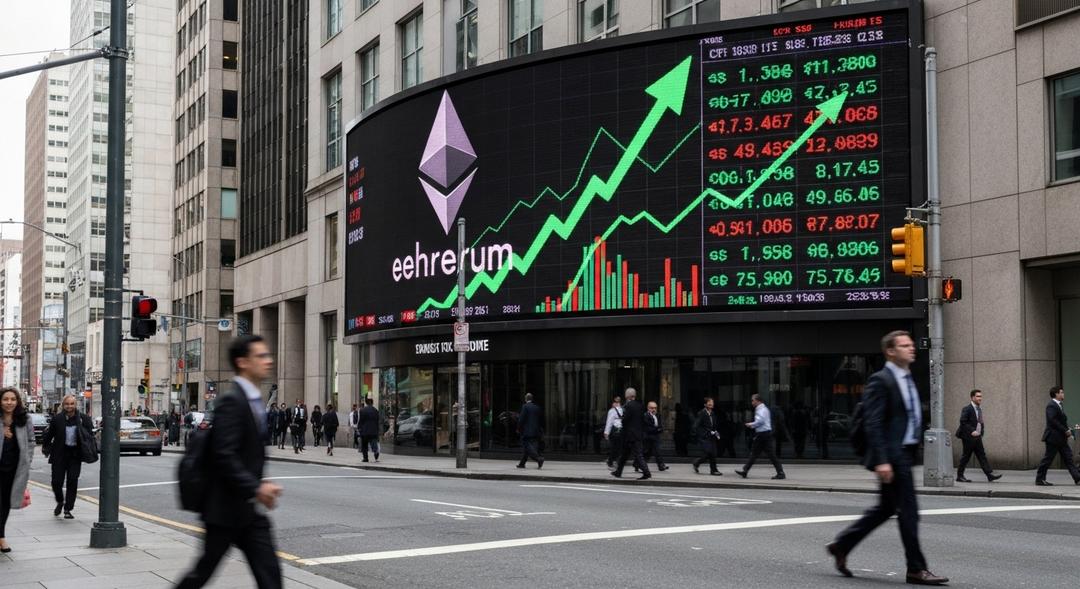Interest wanes as Powell delivers careful signals amid global concerns. Investors and policymakers watched closely as the Federal Reserve’s outlook molded expectations for rates, inflation, and asset performance. Jerome Powell’s speech at Jackson Hole provided clarity for those navigating these uncertain waters, particularly as the economic and political landscape shifts toward late 2025.
The Labor market, a key element in Powell’s address, is showing early signs of vulnerability. While jobs are still being added, the pace has slowed, casting doubts on the steadiness of the broader recovery. Inflation continues to be a top concern, with rising consumer goods prices becoming more apparent due to tariffs introduced in recent years.
Powell underscored that headline inflation has edged up, with the latest data reflecting an uptick in both general and core measures. He highlighted a unique balance where employment is cooling, yet price pressures remain persistent, urging prudence rather than rushing into policy changes. The Federal Reserve now appears less likely to cut rates quickly unless inflation data starts to retreat sharply.
Attention also turned to political dynamics as Powell’s term is set to expire in 2026. As the election cycle intensifies, the conversation has broadened from economic fundamentals to the potential influence of a new Fed chair. With speculation about a successor already swirling, markets are attempting to anticipate how monetary policy could evolve if a more growth-oriented or less risk-averse leader were appointed.
Political noise escalated when public attempts to pressure current Federal Reserve officials made headlines. Market participants, however, interpreted such gestures as part of a broader narrative rather than immediate threats to the institution’s independence. Nevertheless, this evolving context adds to the uncertainty regarding monetary leadership and its impact on policy direction.
How Asset Markets React to Careful Rate Policies
For the bond market, Powell’s approach hints at a measured and gradual easing late in 2025, rather than any brisk sequence of rate cuts. Tariff-related price pressures could keep yields on shorter-term government bonds firm, and the benchmark curve may only shift if there is a notable deceleration in economic growth. The advent of a less cautious Federal Reserve chair in the future could bring down longer-term risk premiums, although market volatility will likely remain high until that leadership shift becomes a reality.
Stock market sentiment has responded in kind. A deliberate stance by policymakers underpins investors’ belief in a so-called soft landing, yet it curtails hope for rapid appreciation. Corporate earnings could continue to drive indices higher, but stocks most sensitive to interest rates remain exposed to upward shocks in inflation or labor costs, which could postpone the timing of rates moving lower.
As speculation builds around the possibility of a Fed chair who is prepared to cut rates even in the face of sustained inflation, sectors like cyclicals and small-cap stocks might benefit. Yet, there is a tradeoff, as credibility comes into question if inflation expectations start to rise. In this environment, investors are left to navigate shifting narratives with each fresh economic release and central bank statement.
Crypto markets find themselves at a particularly interesting crossroads. Digital assets thrive on abundant liquidity and an investment climate tolerant of risk. When the Federal Reserve signals a willingness to maintain higher rates for an extended period, speculative investments in alternative coins and crypto-related enterprises can diminish due to costlier funding and tighter financial conditions. Still, there is renewed attention to established assets like bitcoin, which benefit from the narrative of scarcity and resilience in inflationary periods.
Enthusiasm for bitcoin and large tokens may prevail as long as inflation remains above the Federal Reserve’s target and rate cuts appear far off. If a new chair presides over the institution in 2026 and proves eager to relax monetary policy more quickly, broader crypto adoption might surge. This prospect involves elevated volatility as traders closely monitor developments within both the central bank and the broader economy.
For those looking to participate in the digital asset economy without high upfront costs, opportunities emerge to Start Cloud Mining and gain exposure to cryptocurrencies by harnessing remote infrastructure. This approach allows investors to diversify risk while remaining flexible in response to changing central bank signals and inflationary pressures.
Conclusion
The next several quarters present a rare combination of political shifts and economic inflection points. Investors, businesses, and consumers will closely analyze each data release and central bank communication for hints of a sustained policy change or indications of new leadership at the helm of the Federal Reserve.
As markets digest Powell’s message and plan ahead for possible adjustments in 2026, all asset classes are expected to experience increased turbulence. Those able to adapt and remain informed will be best positioned to benefit from emerging trends, whether in traditional markets or in the evolving world of digital currencies.

Ewan’s fascination with cryptocurrency started through his curiosity about innovative technologies reshaping the financial world. Over the past four years, he has specialized in cloud mining and crypto asset management, diving deep into mining contracts, profitability analysis, and emerging trends. Ewan is dedicated to helping readers understand the technical and economic aspects of crypto mining, making complex information accessible and actionable.




